Social Learning
Today I want to discuss a topic I’ve been thinking about a lot since being home on quarantine. Social learning, which means learning that happens through modeling or imitating behavior observed by another person or, in this case, dog.
Social learning started to be studied after the original pieces of learning theory (classical conditioning: learning by association and operant conditioning: learning through consequence) had been published. The theory served to test whether any species could learn simply by observing another’s behavior. The goal was to see whether they would imitate this behavior. The actual studies on the issue are less conclusive but lots of people I know have anecdotal evidence that suggests social learning is possible.
I started thinking about this topic when I sat down to figure out what I wanted to work with my dogs on during quarantine. Contrary to popular belief, trainers’ dogs aren’t perfect! It is this imperfection that gets us into dog training in the first place! So, there are a few things around the house I’d like to work on.
One of those things is jumping. Digby, a chihuahua dachshund mix, jumps a lot by virtue of being a small dog. When I come home he jumps, when he wants to play, he jumps, and so on. Ludo, a large boxer mix, has never been much of a jumper. He doesn’t have much body confidence, meaning he doesn’t feel comfortable doing certain movements, like rolling over and even jumping.
However, I’ve over the past several months I have noticed that Ludo has started to jump on me. First, it was a little hop to get to my face for a kiss when I got home. Then it became standing up on my lap when I was at the table. Finally, he started full on jumping up and trying to stand on me when I got home or standing up at the counters. He’s 7 years old and frankly, I was a little shocked that I had to deal with this type of behavior from my “old” dog.
“Why was it happening?,” I wondered. My own guesses suggested social learning. After seeing Digby jump and be rewarded with petting and kisses, he’s decided to try the same thing! I guess it could also be learning through association, jumping gets petting. Or consequence, as when he jumps I haven’t scolded him. It’s not his fault, right? It’s mine, as the smarter species.
Has this happened to you? Have you had a dog with certain behaviors and another without? Then dog #2 starts developing those behaviors overtime? It’s entirely possible. Now that you’re home a lot, maybe you notice it even more.
How do we fix it? Well, unfortunately that’s a little harder. It requires training each dog separately to fluency before putting them back together and training again. So, my first task will be to train Digby, the jumper. Then I will work on Ludo. If social learning persists, Ludo might be easier to train once he sees that Digby is no longer doing this or getting reinforced for it.
If you’ve experience this, I’d love to hear your stories! If you need help training, head over to our Training Programs or Virtual Training pages. Stay safe out there!
Discover more from Educanine Training Services
Subscribe to get the latest posts sent to your email.
